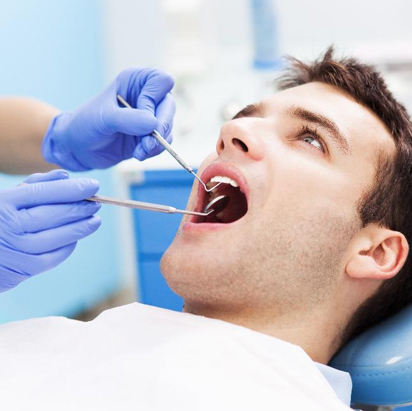It would be best to floss your teeth at least once daily. You decide whether you practice in the morning or at night, but staying regular has several advantages. Flossing helps remove extra plaque and bacteria from between your teeth, and it also aids in the prevention of periodontal disease and gum disease. Here are some dos and don’ts when it comes to flossing.
FLOSS EACH DAY:
The most fantastic method to benefit from this technique is to floss daily, as we described before. You will need roughly an 18-inch strand of floss to completely clean your mouth when flossing. It means you should use enough floss tape and not be afraid to use more if necessary.
FOR EACH TOOTH, DO USE A NEW SECTION OF FLOSS:
Unsure why you need to floss much so? It’s because every tooth requires a new part of it. Plaque and bacteria are transferred instead of removed when the same section of floss is used to floss between various teeth. Although flossing aims to avoid oral health problems, failing to use a different floss area for each tooth may have the opposite effect.
DO NOT PUSH THE FLOSS:
Too many folks don’t recognize how ineffective their flossing technique is. It would help if you refrained from snapping or shoving the floss between your teeth, and it could cause bleeding, discomfort, and a receding gum line. Instead, use light pressure to move the floss between each tooth softly. Get between the gum and the tooth by wrapping the floss around the tooth.
DO NOT STOP IF BLEEDING IS VISIBLE.
Although it may seem contradictory, you should keep flossing even if your gums begin to bleed. Gum inflammation and bleeding are a few of the early indicators of gingivitis. Don’t be terrified of the blood. Instead, stay consistent daily and softly floss in between each tooth.






